As winter settles in Milwaukee, Wisconsin, with its biting cold and snow-covered landscapes, many drone enthusiasts might feel tempted to hang up their controllers until spring. However, with the right preparation and precautions, flying your drone in cold climates can lead to breathtaking winter photography and exciting aerial adventures. Here are some tips to help you enjoy your drone even in the chill of winter.
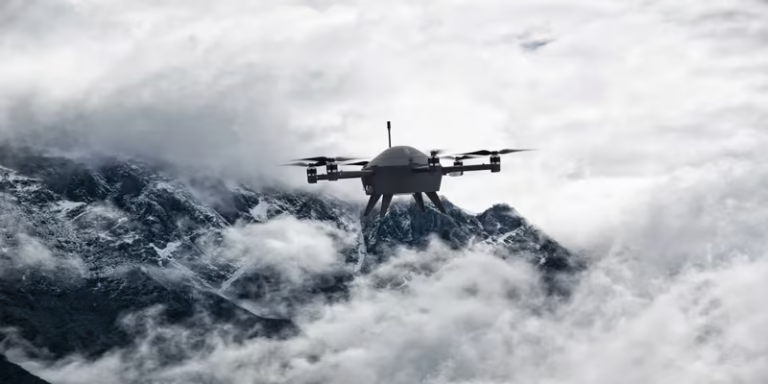
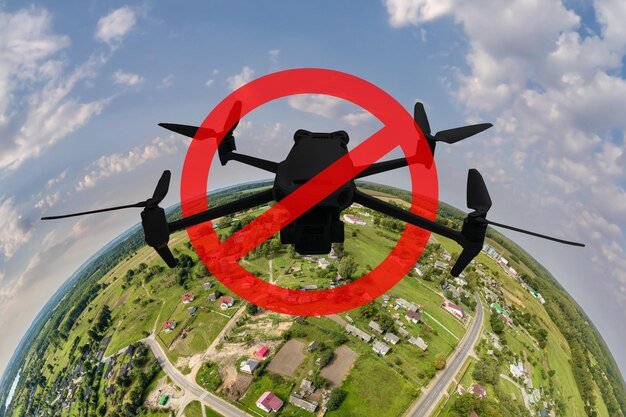
Understand Your Drone’s Limitations
Before heading out, it’s crucial to understand that cold temperatures can affect your drone’s performance. Most drones are designed to operate optimally within a specific temperature range, usually between 32°F (0°C) and 104°F (40°C). Operating your drone in temperatures below this range can lead to reduced battery life and performance issues. Always check the manufacturer’s specifications and guidelines before flying in cold weather.
Keep Your Batteries Warm
Cold weather can significantly decrease battery efficiency. To combat this, keep your batteries warm before flight. Store them in an insulated pouch or close to your body until you’re ready to take off. Once in the air, avoid long flights, as the cold can drain your battery faster than normal. It’s a good idea to bring extra batteries so you can switch them out if needed.
Pre flight Checks
When flying in winter conditions, thorough pre-flight checks are essential. Ensure that your drone’s propellers are free of snow and ice, as these can affect performance and stability. Check for any signs of moisture or condensation, especially if you’ve brought your drone indoors after a flight. Moisture can lead to potential damage, so ensure everything is dry before taking off.
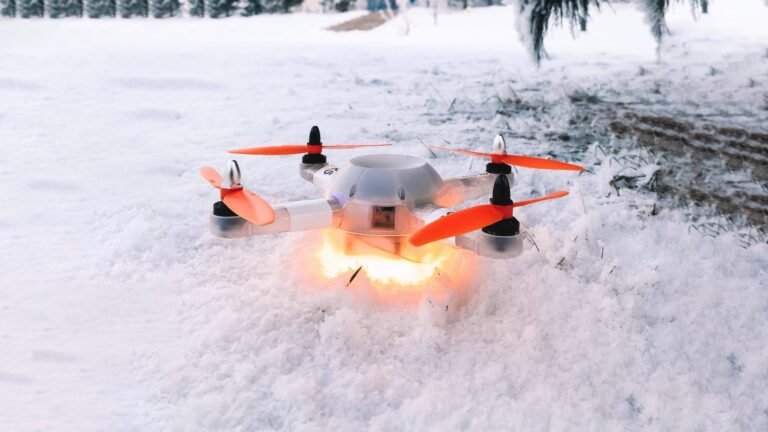
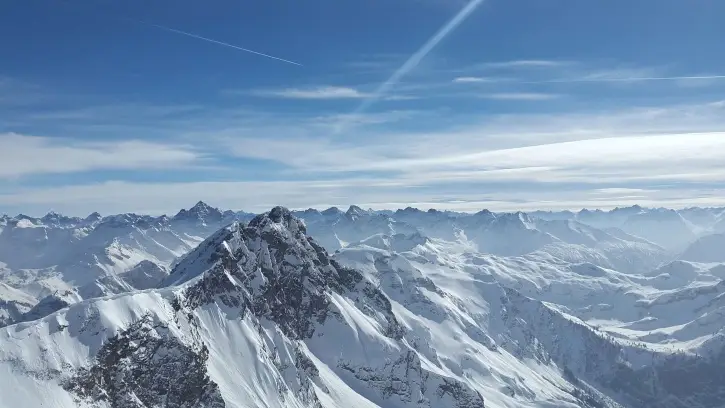
Dress Appropriately
Don’t let the cold deter you from enjoying your flight! Dress in layers to stay warm, and don’t forget gloves that allow for dexterity when operating the drone. Consider using hand warmers to keep your fingers nimble during longer flights. Staying warm will help you focus on capturing those stunning winter scenes without distraction.
Capture the Beauty of Winter
Winter offers unique photographic opportunities that you won’t find in other seasons. Snow-covered landscapes, frosted trees, and frozen lakes can all make for stunning aerial shots. Experiment with different angles and altitudes to capture the beauty of winter from above. Just remember to keep an eye on your drone’s battery levels and the weather conditions.
Be Aware of Weather Conditions
Winter weather can change rapidly, so always check the forecast before heading out. Avoid flying in strong winds, snowstorms, or extreme cold, as these conditions can be hazardous. If you’re flying in a snowy environment, be mindful of visibility, and avoid flying too high where you might lose sight of your drone.
Respect the Local Regulations
Finally, ensure you’re familiar with local regulations regarding drone flying in winter conditions. Some parks or recreational areas may have specific rules about flying drones during winter months, especially if wildlife is affected. Always prioritize safety and compliance with local laws.

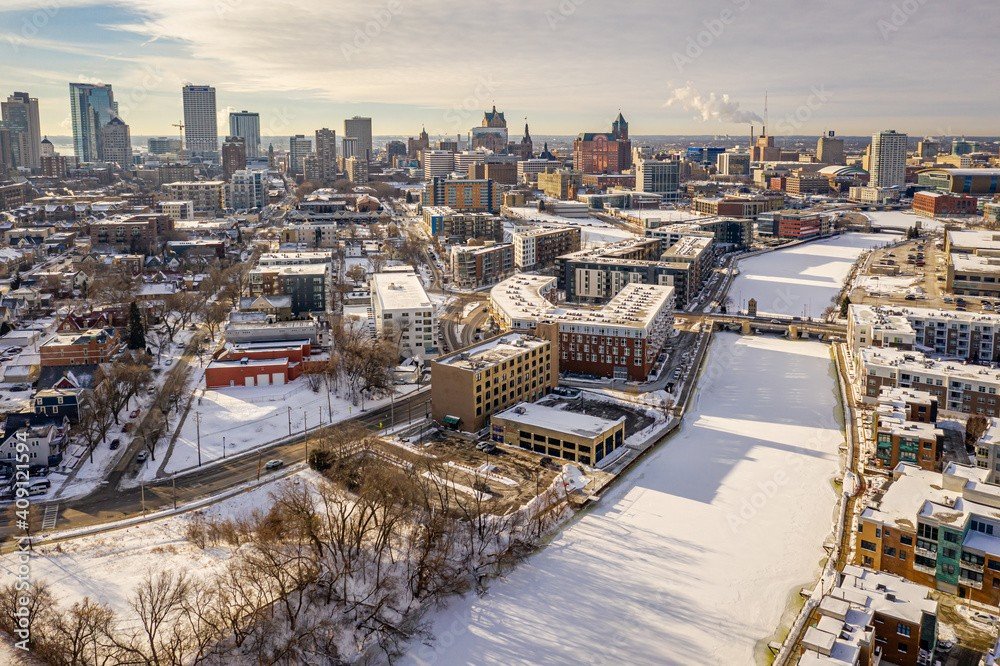


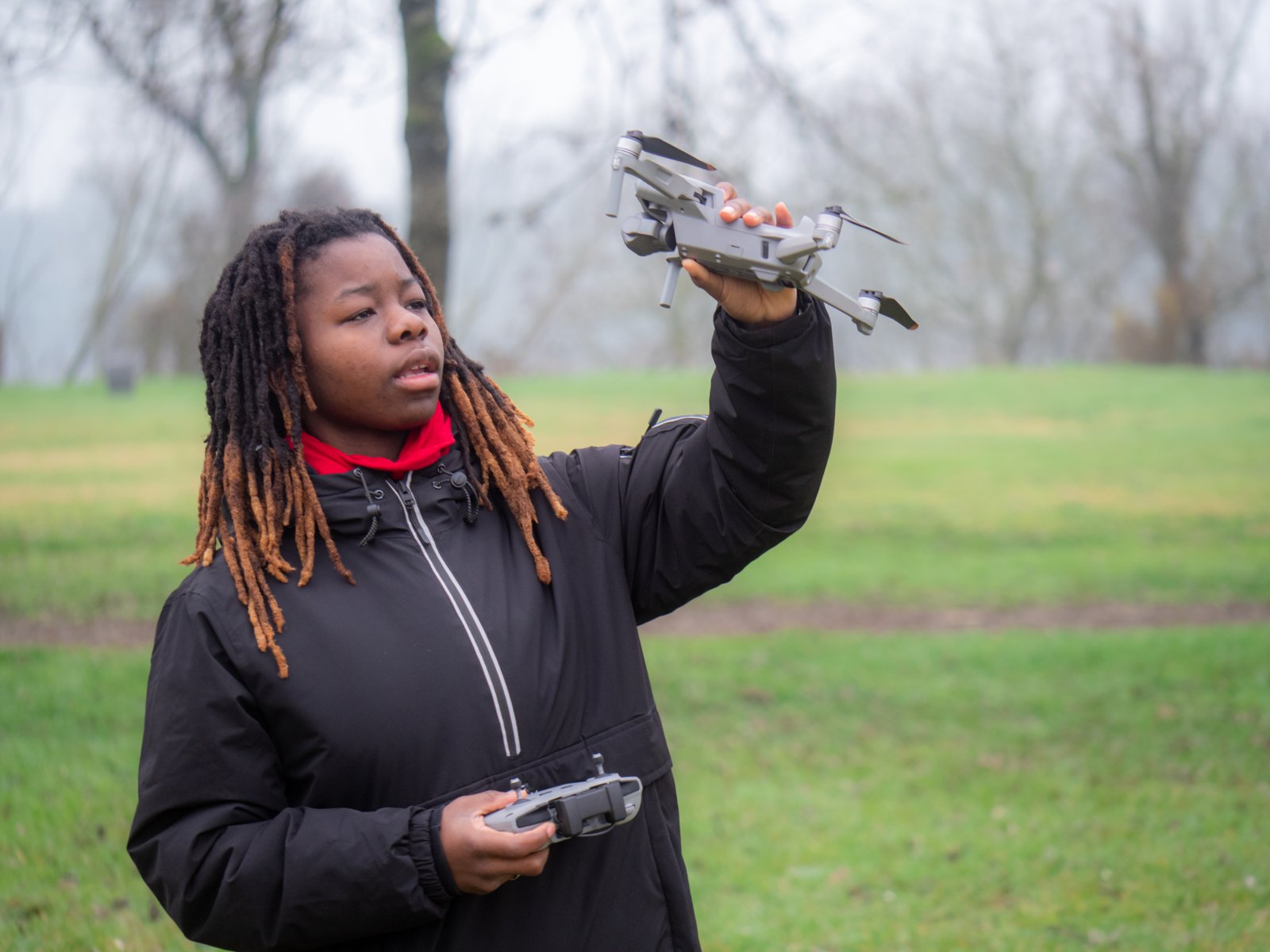

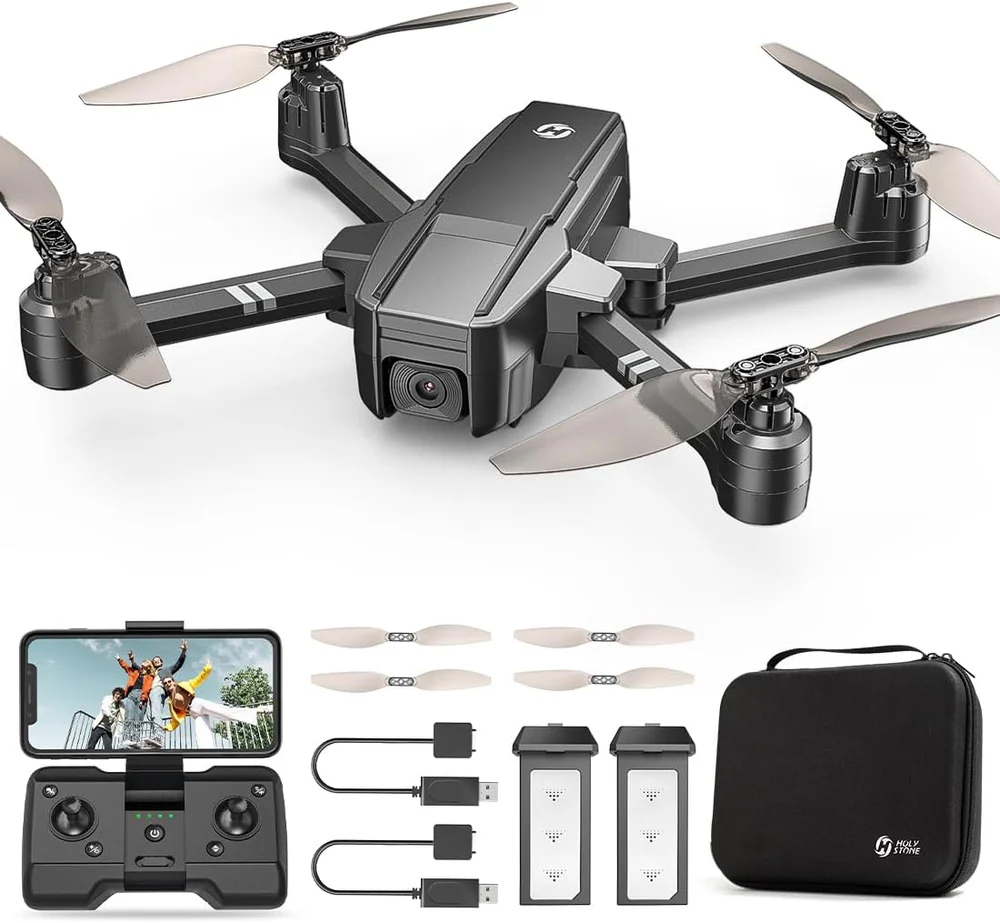

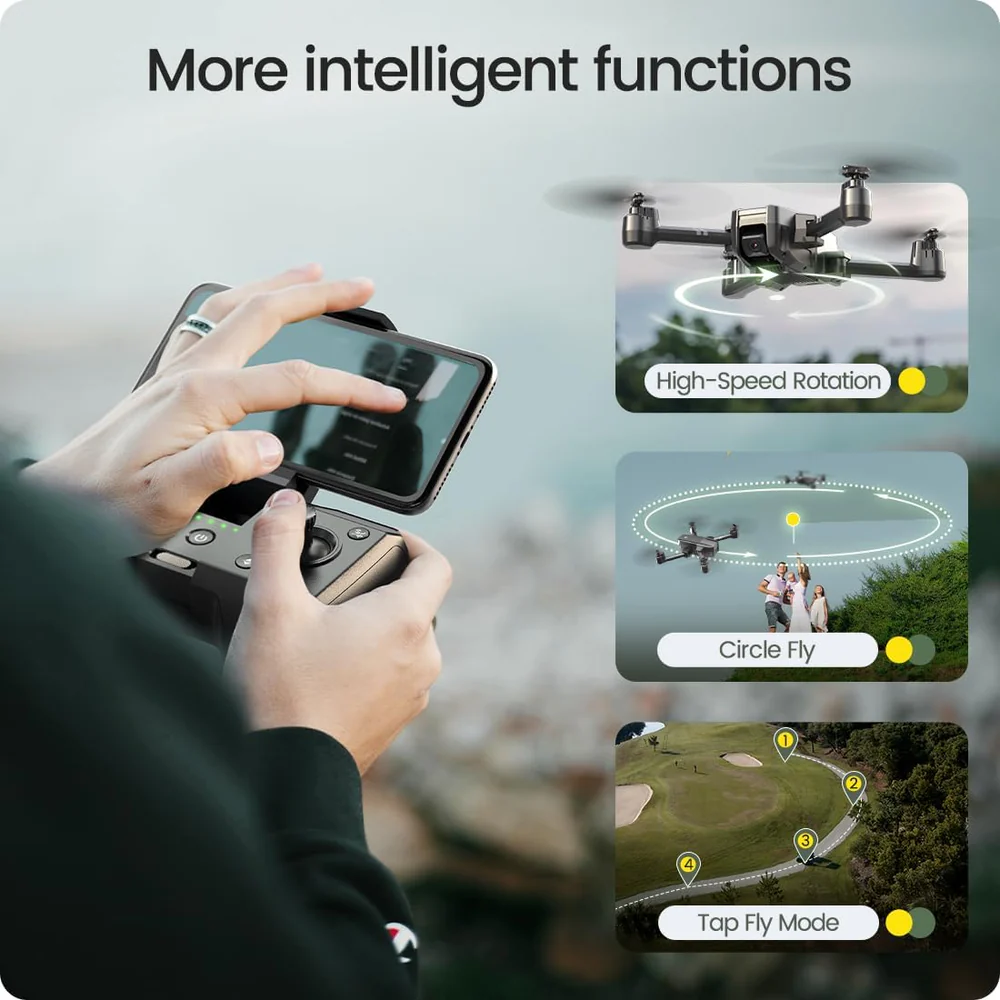
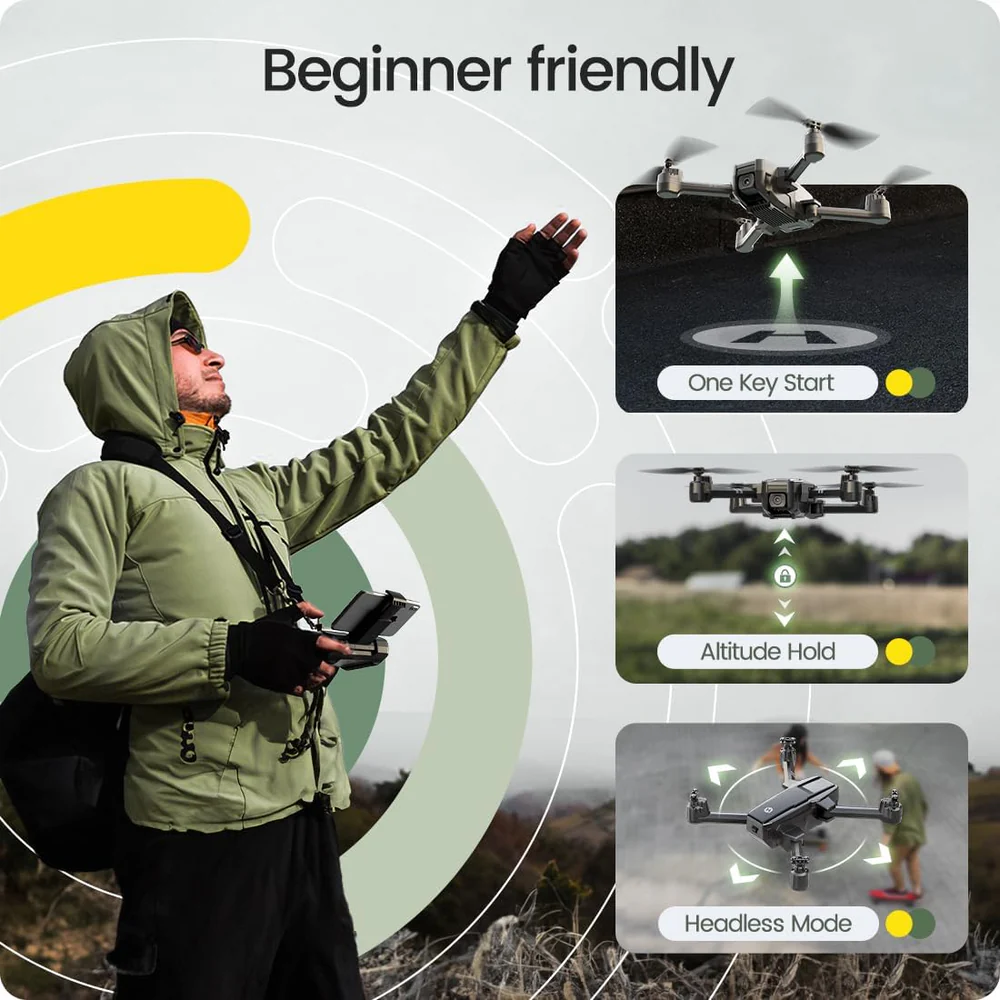
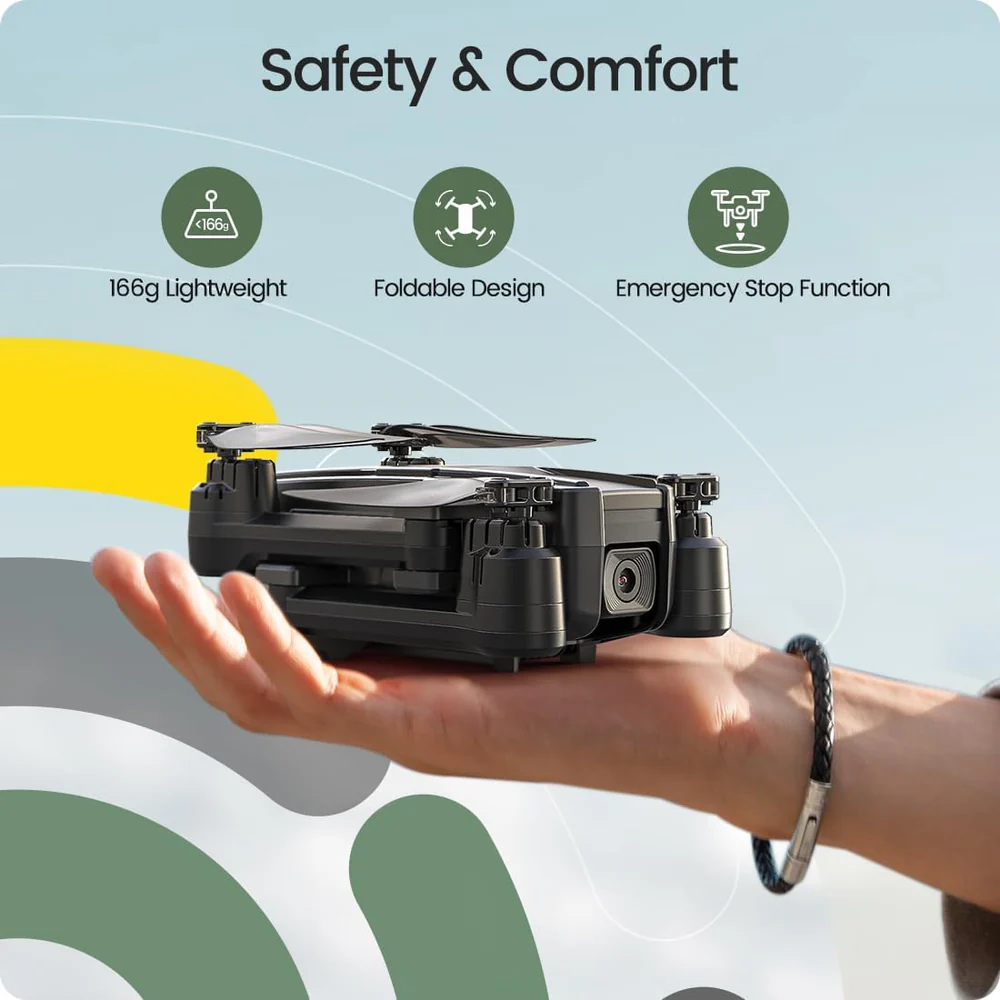
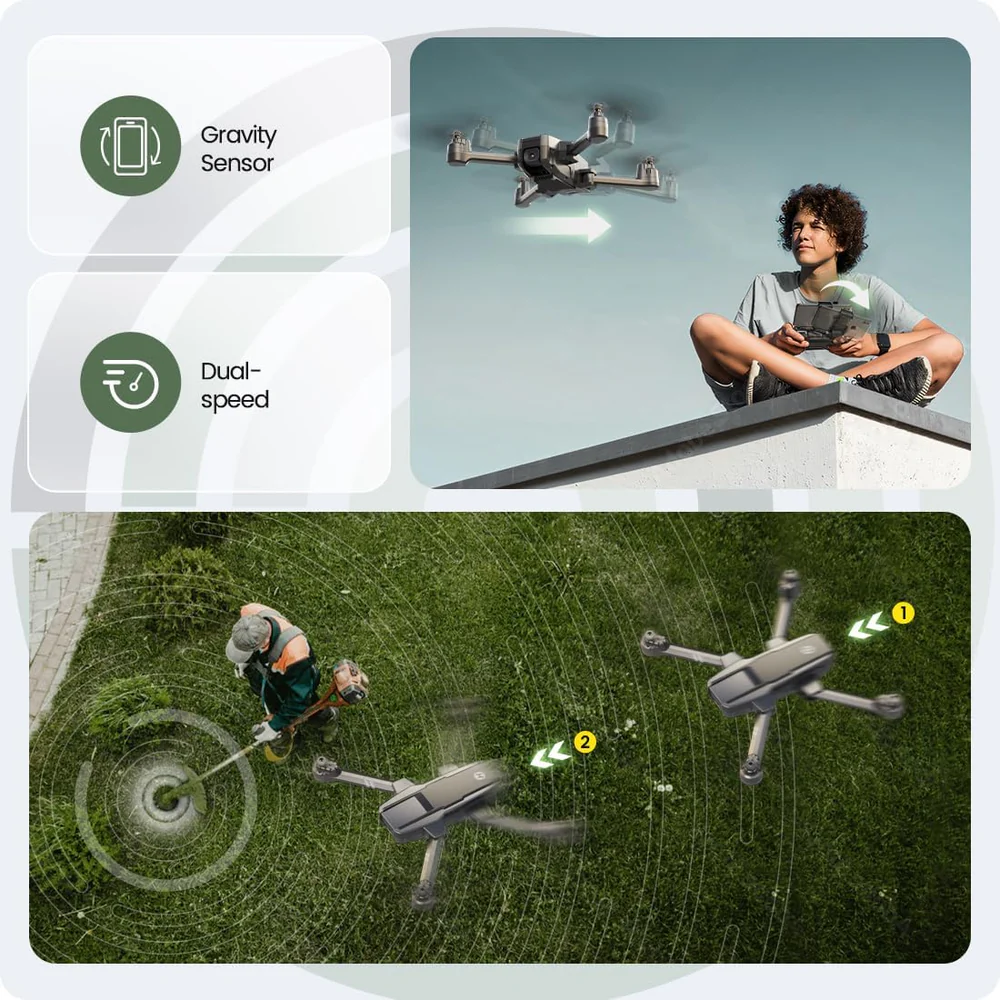
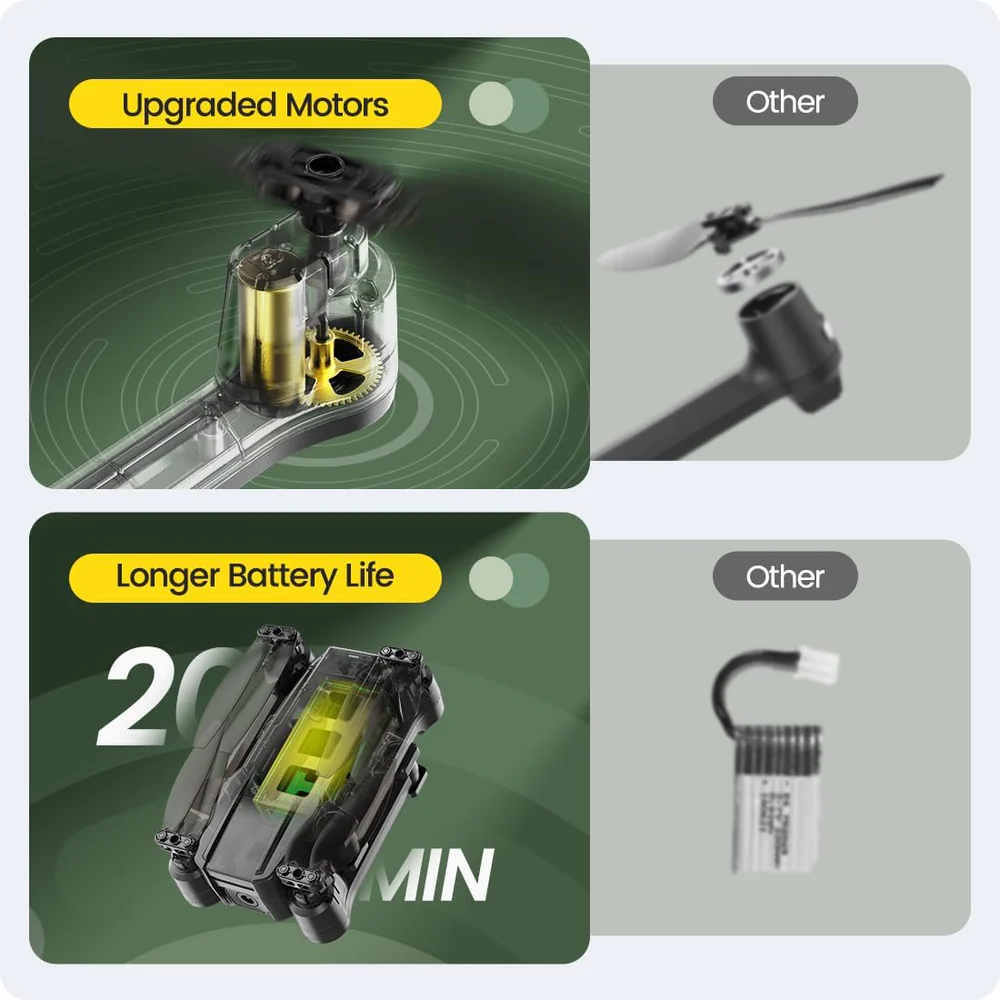
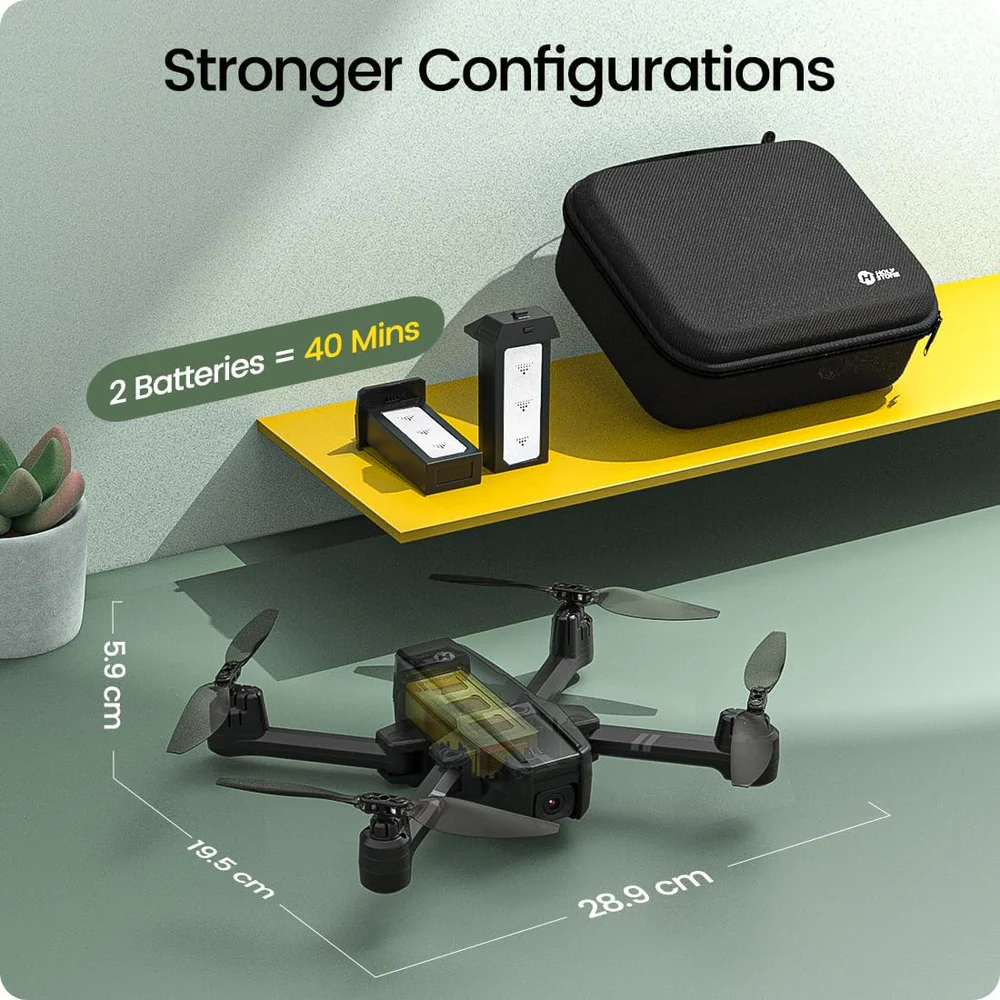
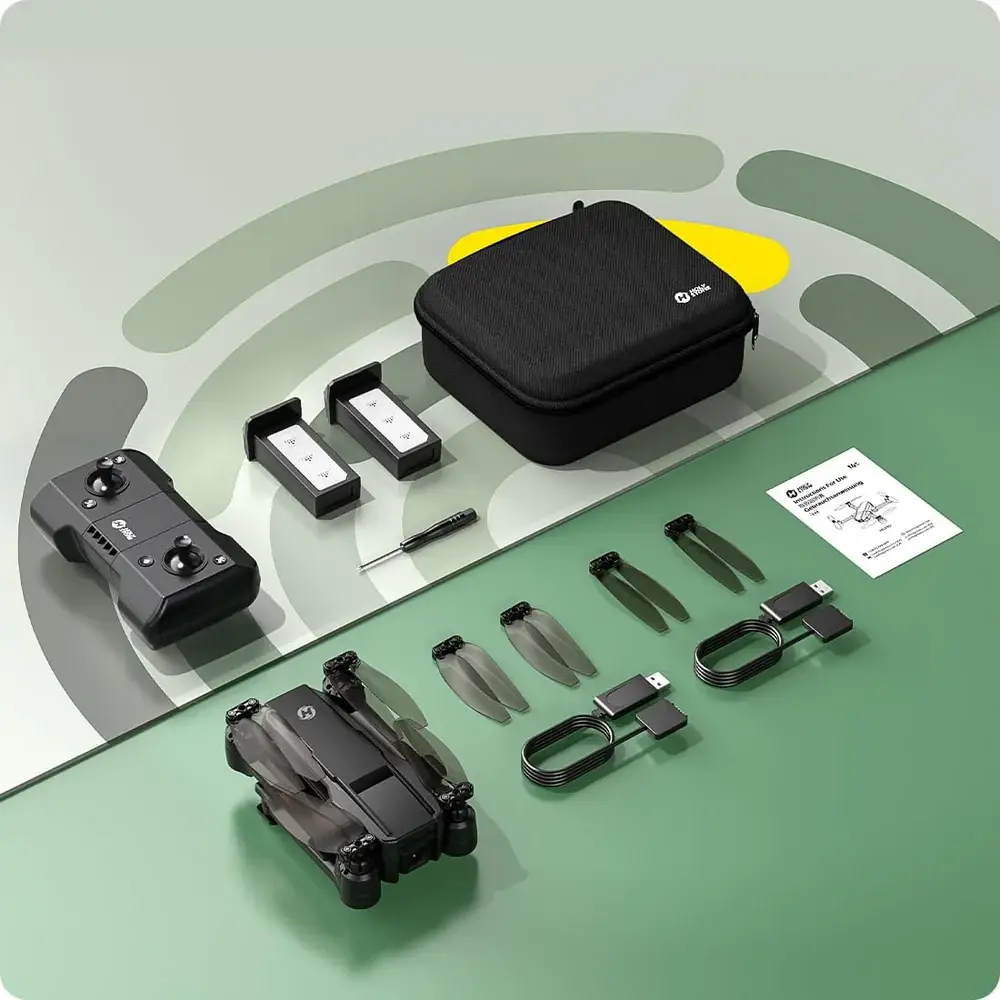
Alex Mohr
I really enjoyed this post. Very exciting article!! Lorem ipsum is dummy text used in laying out print, graphic or web designs.
Hanna Ben
Inspiring education blog! Illuminating perspectives on effective teaching. Practical insights and innovative approaches make this a must-read for educators seeking impactful strategies. Bravo!
Mark Alen
Grateful for your kind words! Thrilled to hear you found value in the insights. Your support means a lot. Thanks!
Tom Hardy
Captivating education insights! This blog offers refreshing perspectives on effective teaching methods, making it a valuable resource for educators and learners alike. Well done!